Forex trading has become increasingly popular among investors in recent years, and for good reason. With its enormous trading volume, 24/7 availability, and potential for significant profits, it’s no wonder many people are attracted to this market.
Contents
However, the question on many people’s minds is whether it’s possible to start Forex trading with just $100.
In this article, we’ll explore the truth behind this initial investment and what it takes to succeed as a Forex trader.
Before diving into the details, it’s important to understand that Forex trading involves buying and selling currencies with the aim of profiting from the fluctuations in their prices.
As with any type of trading, there are risks involved, and it’s important to have a solid understanding of the market and the strategies involved to succeed.
That being said, let’s explore whether $100 is enough to start Forex trading.
Key Takeaways:
- Forex trading involves buying and selling currencies to profit from price fluctuations.
- Starting Forex trading with $100 is possible, but it requires careful planning and risk management.
- Success in Forex trading requires a solid understanding of the market, trading strategies, and risk management techniques.
- Choosing a reputable and regulated broker is crucial for success in Forex trading.
- Continued education and practice with demo accounts is necessary for success in Forex trading.

Understanding the Forex Market and its Dynamics
The Forex market is a decentralized market where currencies are traded 24 hours a day, five days a week.
Trading volumes are enormous, making it one of the largest financial markets globally, with over $5 trillion traded each day.
Understanding the market dynamics is essential for traders to make informed decisions.
Strategy
Having a strategy is essential when trading Forex. Traders must have a clear understanding of what they want to achieve and have a well-defined trading plan.
A successful strategy involves risk management, technical analysis, and a trading system that outlines entry and exit points.
A strategy should adapt to different market conditions and is crucial to achieving long-term success.
Risk
Risk management is essential in Forex trading. Traders must identify risks and implement risk management techniques to protect their capital.
One of the most popular techniques is to employ stop loss orders to limit losses.
Risk reward ratio is also a vital concept to consider when managing risk, as it ensures that potential profits are always higher than possible losses.
Technical Analysis
Technical analysis is the study of past market data, including price and volume, to identify potential trading opportunities.
It involves using charts and indicators to analyze the market.
A technical analyst believes that the current price reflects all available information, making it a useful tool for predicting future price movements.
Trading System
A trading system is a set of rules that outline entry and exit points. It includes risk management, technical analysis, and position sizing.
It is essential to have a trading system as it helps traders to stay disciplined and avoid making impulsive decisions.
A well-defined system is crucial to achieving consistent profits.
“To be a successful trader, you have to be disciplined and have a strategy in place. This strategy should include a well-defined trading plan, risk management, technical analysis, and a trading system. Without these elements, it’s easy to lose money in the Forex market.
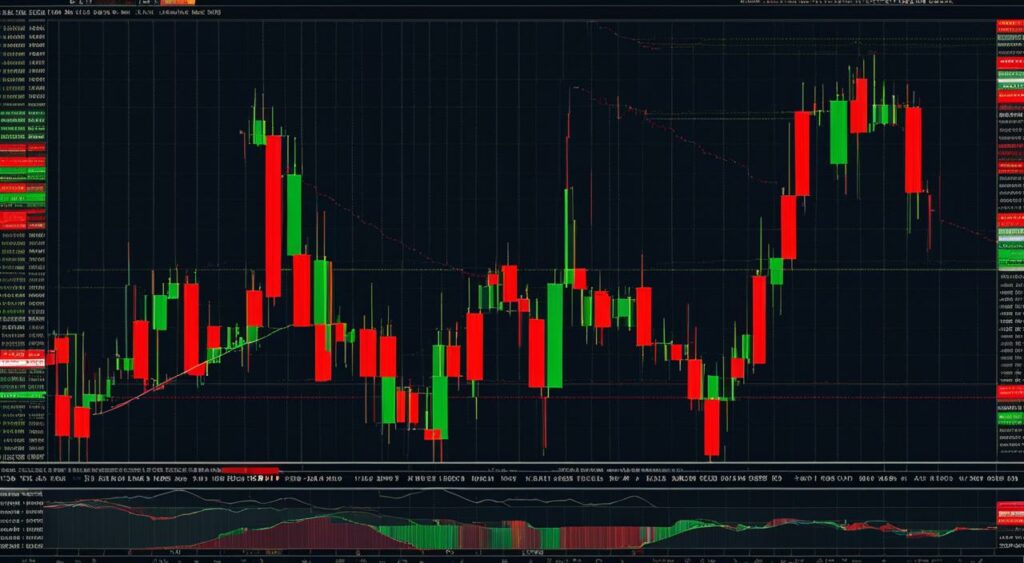
Exploring Different Trading Approaches and Styles
When it comes to Forex trading, there are various approaches and styles that traders can use to analyze the market and make decisions.
Understanding these approaches can help traders develop a trading strategy that works best for them.
Price Action Trading
Price action trading is a popular approach that involves analyzing the movement of price on a chart without relying on indicators.
Traders who use this method believe that price action alone provides enough information to make trading decisions.
This approach involves looking for patterns in the price movement, such as support and resistance levels, trend lines, and chart patterns.
Price action trading requires patience and discipline, as traders need to wait for patterns to emerge and be confirmed before making a trade.
However, this approach can be effective in volatile markets, where indicators may not provide reliable signals.
Candlestick Patterns
Candlestick patterns are used by many traders to identify potential reversals in the market.
These patterns help traders visualize price action, and they can provide valuable information about market sentiment and momentum.
Traders who use candlestick patterns look for specific formations, such as shooting stars and hammers, to predict future price movements.
It’s important to note that candlestick patterns can be subjective, as different traders may interpret the same pattern in different ways.
However, when used in conjunction with other analysis techniques, candlestick patterns can be a helpful tool for Forex traders.
Technical Indicators
Technical indicators are mathematical calculations based on price and/or volume data that can help traders identify trends and potential trade opportunities.
Popular indicators used in Forex trading include moving averages, Bollinger Bands, and Relative Strength Index (RSI).
It’s important to note that while technical indicators can be helpful, they should be used in conjunction with other analysis techniques.
Over-reliance on indicators can lead to missed opportunities and false signals.
Chart Patterns
Chart patterns are visual representations of price movement that can help traders identify potential trade opportunities.
These patterns include head and shoulders, triangles, and flags, among others.
Traders who use chart patterns look for specific formations that may indicate a potential trade opportunity.
Like candlestick patterns, chart patterns can be subjective and require interpretation by the trader.
However, when used in conjunction with other analysis techniques, chart patterns can provide valuable insight into market sentiment and price movement.
Trends
Trend analysis is the process of identifying the direction of the market and making trading decisions based on the trend.
Traders who use trend-based strategies look for patterns in price movement over time to determine the direction of the trend.
This approach involves buying when the market is in an uptrend and selling when the market is in a downtrend.
Trend analysis requires patience and discipline, as traders need to wait for a trend to establish before making a trade.
However, this approach can be effective in markets with a clear trend.
Understanding different trading approaches and styles can help traders develop a personalized strategy that works best for them.

The Role of Psychology and Money Management in Forex Trading
Forex trading is a fast-paced and highly volatile market that requires traders to not only have a solid strategy for analysis and trading but also a disciplined mindset.
Psychology and money management are critical elements that can determine success or failure in Forex trading.
One of the most common mistakes that traders make is letting emotions take over their decision-making.
Fear, greed, and even overconfidence can lead to impulsive trading decisions that result in losses. Therefore, it is crucial to maintain a disciplined mindset that remains rational and objective.
Psychology
Successful Forex traders have a psychology of discipline, patience, and emotional control.
They understand that losses are an inevitable part of trading and do not let them discourage or influence their decision-making.
Instead, they focus on the long-term goal of consistent profits and risk management.
Traders can work on improving their psychology by developing a trading plan that includes specific entry and exit rules, risk management strategies, and a daily routine.
Additionally, keeping a trading journal can help identify patterns and emotions that may affect decision-making.
Money Management
Forex trading requires a thorough understanding of money management principles.
Traders need to develop strategies that maintain an adequate risk-reward ratio and position sizing that aligns with their account size and risk tolerance.
Money management techniques can include setting stop-loss orders, limiting daily losses, and diversifying trades.
Traders must also avoid overleveraging their accounts, as it can lead to significant losses.
Risk Reward Ratio and Position Sizing
| Ratio | Description |
|---|---|
| 1:1 | Win/Loss ratio is equal |
| 2:1 | Winners are twice as large as losers |
| 3:1 | Winners are three times as large as losers |
| 4:1 | Winners are four times as large as losers |
One strategy used to manage risk is to aim for a risk-reward ratio of at least 1:2 or higher.
This means that the potential profit of a trade is at least twice the amount that may be lost if the trade is unsuccessful.
Therefore, traders can make more significant profits while managing their risk. Another crucial area of money management is position sizing.
Traders must determine the correct position size to avoid overleveraging their accounts.
Deciding on an appropriate position size involves factoring in risk tolerance, account size, and the risk-reward ratio of individual trades.
By implementing sound psychology and money management principles, traders can manage their risks effectively and maintain a disciplined approach to Forex trading.

Exploring Different Account Sizes and Trading Options
Forex trading is accessible to anyone with an internet connection and a small amount of capital to invest.
Different brokers offer various account sizes, making it possible for traders to enter the market with as little as $100.
However, it is essential to understand the trading options available and the potential risks associated with trading on a smaller account.
Minimum Deposit
Many brokers offer accounts with a minimum deposit ranging from $1 to $500, depending on the broker’s policies.
For traders with a limited budget, it is essential to choose a broker that offers a lower minimum deposit so they can start trading with a smaller amount of capital.
However, it is important to note that the smaller the deposit, the less trading options and services available.
Micro Account
A micro account is another option available to traders with a small amount of capital.
This account type allows traders to trade in smaller sizes, typically 1,000 units of the base currency.
This account type is suitable for traders who want to test the waters before committing more significant funds to their trading account.
Leverage and Margin
Leverage is the ability to control a more significant amount of currency with a smaller amount of capital.
For example, a trader using 1:100 leverage can control $10,000 worth of currency with a $100 deposit.
While leverage can increase the potential profit, it also increases the potential risk. Margin is the amount of money required to open a leveraged position.
Brokers will typically require a margin deposit of between 1% and 5% of the total position size.
| Account Type | Minimum Deposit | Leverage | Margin Requirement |
|---|---|---|---|
| Micro | $1 – $500 | 1:1 – 1:500 | 1% – 5% |
| Standard | $500+ | 1:1 – 1:500 | 1% – 5% |
It’s important to note that higher leverage increases the potential risk involved with trading.
Therefore, it is essential to have a solid understanding of risk management and position sizing when trading on a leveraged account.
Choosing the right account size and leverage level is crucial for success in Forex trading.
Traders should also keep in mind that the trading conditions and services offered will vary across different brokerages.
It’s important to research and compare brokers to find the best fit for individual trading needs.
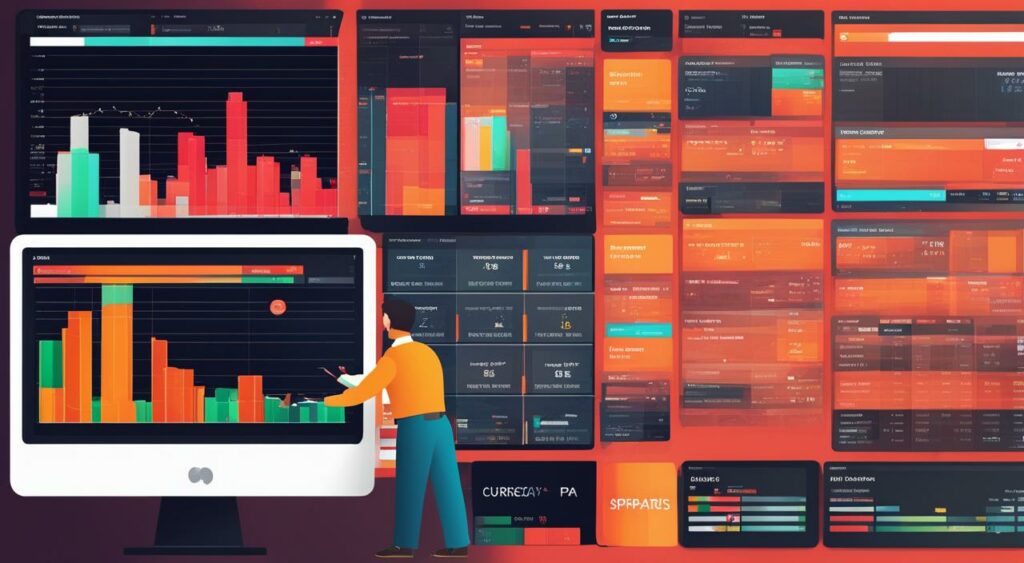
Choosing the Right Broker for Your Trading Needs
When starting out in Forex trading, choosing the right broker is crucial for success.
The broker serves as the middleman between the trader and the market, providing access to trading tools, platforms, and liquidity providers.
It is important to select a reputable and regulated broker to ensure the safety of your investment.
Regulated brokers are required to meet certain standards and ensure fair trading practices, protecting traders from fraudulent activities.
There are different types of brokers to consider, such as Electronic Communication Network (ECN) and Straight Through Processing (STP) brokers.
ECN brokers provide direct access to the market, matching buy and sell orders between traders and liquidity providers.
STP brokers, on the other hand, forward orders to liquidity providers without processing them internally. Another important factor to consider is spreads.
Spreads refer to the difference between the buy and sell prices of a currency pair, and brokers may offer fixed or variable spreads.
Variable spreads fluctuate with market conditions, while fixed spreads remain constant regardless of market movements.
Overall, it is recommended to compare different brokers based on their reputation, trading conditions, regulation, and spreads.
Traders should also test the selected broker’s platform and services using a demo account before committing to a live account.
Choosing the right broker can make a significant difference in a trader’s success in the Forex market. It is important to do diligent research and select a broker that meets your trading needs and priorities.”

Risk Management and Diversification Strategies
As with any investment, risk management and diversification are essential components of a successful Forex trading strategy.
By diversifying their portfolio, traders can spread their investments across different currency pairs, reducing their overall risk exposure.
Diversification can also help traders take advantage of potential opportunities in the market, even during times of volatility.
One effective way to manage risk is to use stop-loss orders.
A stop-loss order is an order placed to sell a security if it reaches a certain price, helping to limit losses in the event of an unfavorable market move.
It’s important to note, however, that stop-loss orders do not guarantee that losses will be limited to a specific amount.
As market conditions can change rapidly. Another risk management technique to consider is position sizing.
Position sizing involves determining the appropriate amount to invest based on the trader’s account size and risk tolerance.
By setting position sizes relative to account size, traders can limit their risk exposure and avoid the potential for significant losses.
Correlations and Diversification
Understanding correlations between currency pairs is another key aspect of risk management.
Correlations refer to the relationship between two or more currency pairs and can be positive or negative.
Positive correlations occur when two currency pairs move in the same direction, while negative correlations occur when they move in opposite directions.
By analyzing correlations between currency pairs, traders can identify opportunities to diversify their portfolio and reduce risk.
For example, if two currency pairs have a strong positive correlation, investing in both could increase the trader’s overall risk exposure.
On the other hand, investing in currency pairs with negative correlations can potentially reduce risk and enhance returns.
Diversification through Different Trading Strategies
Another way to diversify a trading portfolio is through the use of different trading strategies.
For example, a trader may use a trend-following strategy for one currency pair, while using a counter-trend strategy for another.
By using different strategies, traders can potentially reduce risk and take advantage of different market conditions.
| Currency Pair | Strategy |
|---|---|
| EUR/USD | Trend following |
| USD/JPY | Counter-trend |
| AUD/USD | Breakout |
It’s important to note, however, that diversification alone cannot eliminate all risk from Forex trading.
Traders must still carefully manage their risk exposure and implement effective risk management strategies to protect their investments.
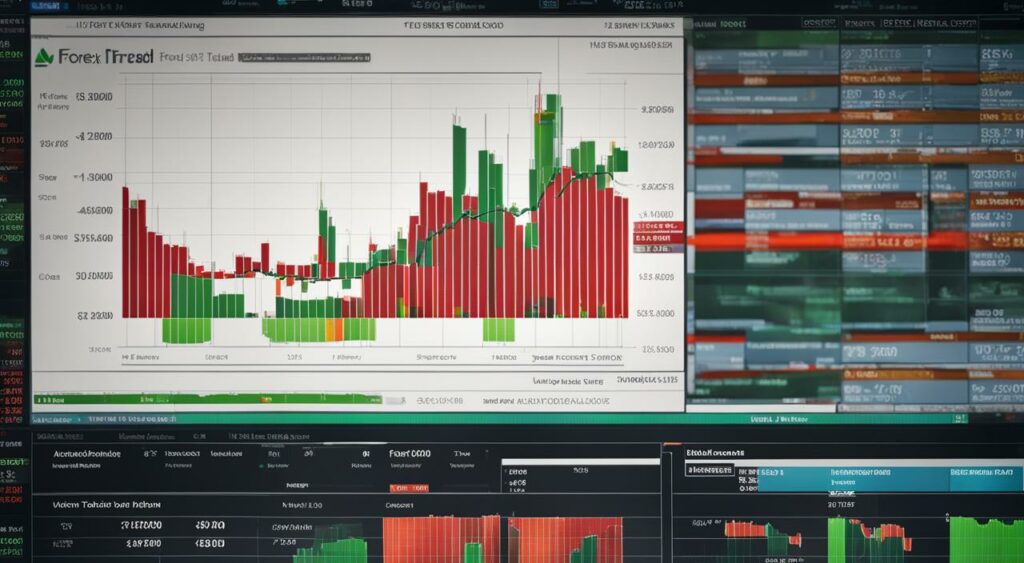
Developing a Trading Plan and Practicing with Demo Accounts
One of the most crucial steps in starting Forex with $100 is developing a solid trading plan. A trading plan helps a trader stay focused, disciplined, and committed to their goals.
It should outline their approach to trading, including the type of analysis they will use and their risk management strategy.
A good trading plan should also include a detailed plan for using demo accounts to practice. Demo accounts are mock trading accounts that allow traders to trade with virtual money.
They offer a risk-free environment for traders to practice their strategies and gain experience without risking real money.
Practicing with demo accounts is an essential step, especially for novice traders.
It helps traders to sharpen their skills, test their trading strategies, and learn from their mistakes without risking real capital.
Creating a Trading Plan
A trading plan is a blueprint for successful trading. It should include the following elements:
- Trading goals and objectives
- Trading style and approach
- Risk management strategy
- Trading hours
- Analysis technique
- Trading journal
When creating a trading plan, traders should be specific and realistic. They should set achievable goals and objectives based on their trading style and approach.
The plan should also be flexible enough to adapt to changing market conditions.
The Importance of Practicing with Demo Accounts
Demo accounts offer a risk-free environment for traders to practice their strategies and gain experience without risking real money.
It helps traders to develop a sense of familiarity with trading platforms and market conditions.
Practicing with demo accounts can help traders to identify the strengths and weaknesses of their trading strategy.
If a strategy is not working, traders can use the demo account to adjust or tweak their approach. It is important to note that demo accounts do have limitations.
For example, they do not simulate the emotional aspect of trading that comes with real money on the line.
That being said, demo accounts are an essential tool for traders to build their confidence and hone their skills.
“The difference between a successful person and others is not a lack of strength, not a lack of knowledge, but rather a lack of will.” – Vince Lombardi

The Realities and Challenges of Starting Forex with $100
Many beginners are lured into Forex trading with the expectation of making huge profits with a minimal investment of only $100.
While it is possible to start Forex trading with a small amount of capital, it is essential to understand the realities and challenges of doing so.
Expectations
One of the most common mistakes beginners make when starting Forex trading with $100 is having unrealistic expectations.
It is crucial to understand that Forex trading is not a get-rich-quick scheme. Profits are not guaranteed, and losses are a part of the learning process.
Therefore, it is essential to have realistic expectations and understand that Forex trading requires commitment, hard work, and continuous education.
Realistic Goals
Setting realistic goals is critical when starting Forex trading with $100.
It is essential to have a clear understanding of the amount of money you can afford to lose and set achievable goals accordingly.
By setting realistic goals, you can avoid the temptation to take unnecessary risks and focus on building a consistent trading strategy that aligns with your long-term objectives.
Beginner Mistakes
Beginner traders often make mistakes that can lead to significant losses, such as failing to use a stop-loss, overtrading, and not having a trading plan.
It is crucial to avoid these mistakes by implementing proper risk management techniques, developing a trading plan, and practicing with a demo account before trading with real money.
In conclusion, starting Forex trading with $100 is possible, but it is essential to have realistic expectations, set achievable goals, and avoid common beginner mistakes.
Continuous education and learning are also critical to achieving success in the Forex market.

Conclusion
Starting forex trading with a small investment is possible, but it requires careful planning, risk management, and ongoing education to achieve success.
As discussed throughout this article, the forex market is complex and dynamic, with many factors influencing currency prices.
Key Takeaways
If you’re considering starting forex trading with $100 or a small investment, keep in mind the following:
- Understand the dynamics of the forex market and the factors that influence currency prices.
- Explore different trading approaches and styles, such as price action and technical analysis.
- Manage your risks effectively and diversify your portfolio.
- Select a reputable and regulated broker that suits your trading needs.
- Develop a trading plan and practice with demo accounts to gain experience.
- Set realistic expectations and continuously educate yourself to avoid common beginner mistakes.
By following these guidelines and continuously learning about the forex market, starting forex trading with a small investment can be a viable option.
However, it’s important to remember that success in forex trading requires time, effort, and discipline.
Thank you for reading this article on starting forex trading with a small investment.
We hope it has provided you with valuable insights and information to help you make informed decisions in your trading journey.
FAQ
1. Is $100 enough to start Forex trading?
The amount of money required to start Forex trading can vary depending on various factors, including the broker’s minimum deposit requirements and the trading strategy employed. While it is possible to start with $100, it is important to note that Forex trading involves risks, and having a larger capital can provide more flexibility and better risk management.
2. How does the Forex market work?
The Forex market is a decentralized global market where currencies are traded. It operates 24 hours a day, five days a week and involves the buying and selling of currencies. Currency prices are influenced by various factors such as economic indicators, geopolitical events, and market sentiment.
3. What are the different trading approaches and styles?
There are various trading approaches and styles in Forex trading, including price action trading, candlestick analysis, and trend following. Traders may also use technical indicators and chart patterns to make trading decisions. The choice of trading approach depends on individual preferences and trading strategies.
4. What role does psychology play in Forex trading?
Psychology plays a crucial role in Forex trading. Traders need to manage emotions, maintain discipline, and make rational decisions. Greed, fear, and impatience are common emotions that can influence trading outcomes. Developing a strong psychological mindset is essential for long-term success in Forex trading.
5. What are the different account sizes and trading options available?
Forex brokers offer different account sizes, including micro accounts for traders with small capital. These accounts allow traders to trade smaller position sizes. Leverage is also available, which allows traders to control larger positions with a smaller amount of capital. However, it’s important to be aware of the potential risks associated with trading on a smaller account and using leverage.
6. How do I choose the right broker for Forex trading?
When choosing a broker for Forex trading, it is important to consider factors such as regulation, trading conditions, customer support, and trading platforms. Reputable brokers are usually regulated by recognized authorities and provide transparent trading conditions. It is recommended to compare different brokers and read reviews before making a decision.
7. How can I manage risks and diversify my trading?
Risk management is crucial in Forex trading. Traders can manage risks by setting stop-loss orders, using proper position sizing techniques, and diversifying their trading portfolio. Understanding the correlations between different currency pairs can also help in managing risks effectively.
8. How can I develop a trading plan and practice trading?
Developing a trading plan involves setting trading goals, defining the trading strategy, and establishing risk management rules. It’s important to practice trading using demo accounts to gain experience and test strategies without risking real money. Keeping a trading journal and maintaining a disciplined routine can also contribute to success in Forex trading.
9. What are the realities and challenges of starting Forex with $100?
Starting Forex trading with $100 can be challenging as it limits the trading opportunities and may require higher leverage, which involves higher risk. It’s important to have realistic expectations, continuously educate oneself, and avoid common beginner mistakes. Forex trading requires dedication, discipline, and ongoing learning to achieve long-term success.
10. What is the conclusion regarding starting Forex trading with a small investment?
While it is possible to start Forex trading with a small investment, such as $100, it is important to approach it with careful planning, risk management, and ongoing education. Having realistic goals, developing a trading plan, and practicing with demo accounts can increase the chances of success. Continuous learning and adapting to market conditions are key to achieving long-term profitability in Forex trading.

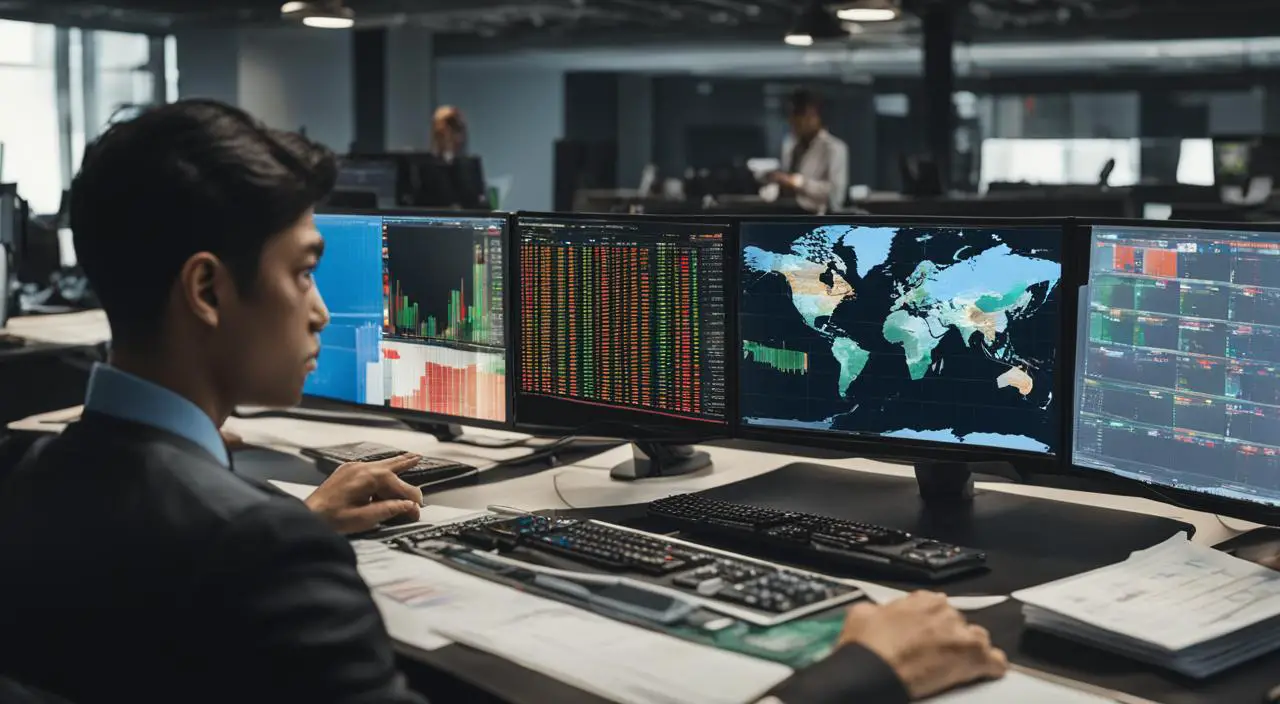

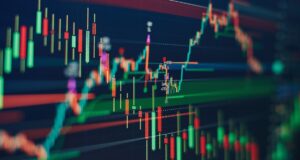





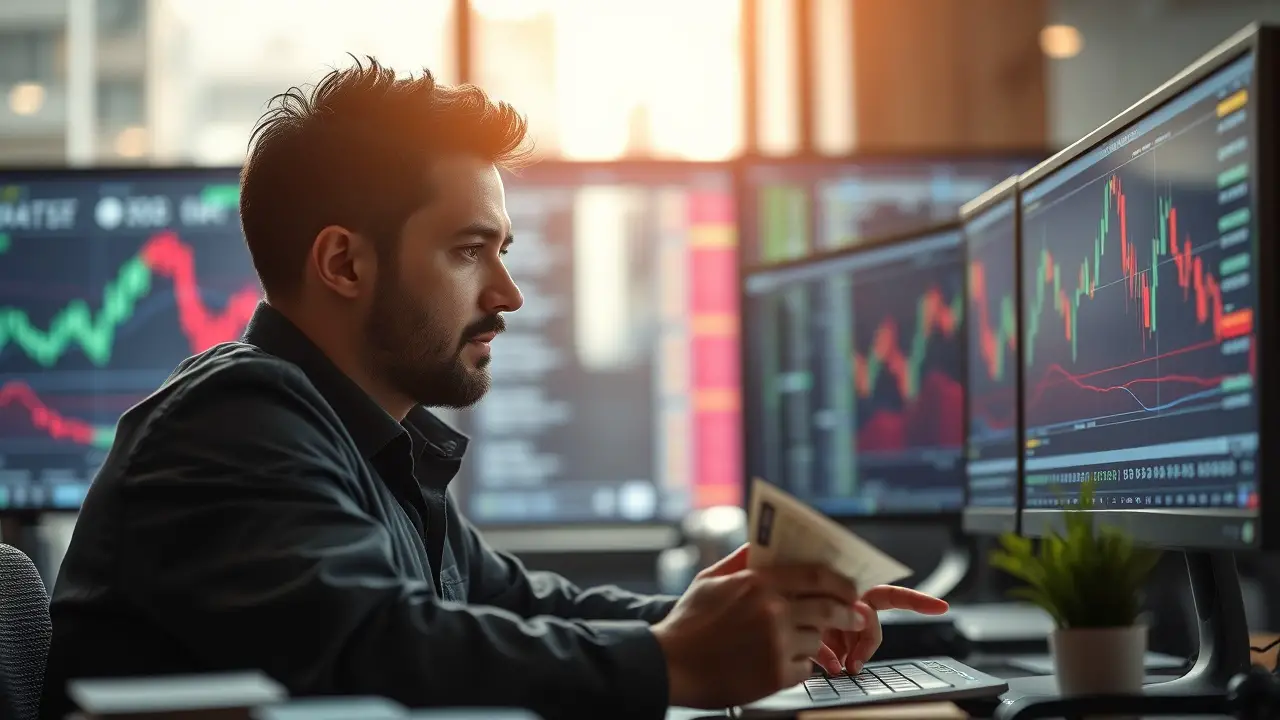

Leave a Reply